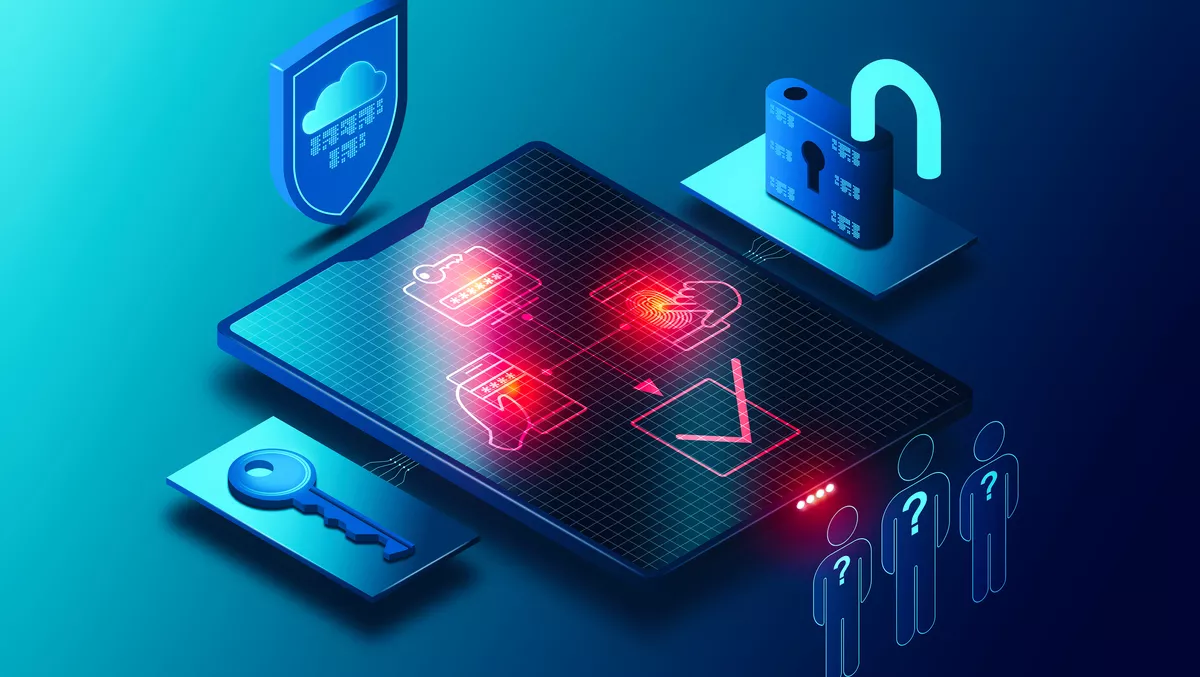
The importance of zero trust to secure the expanding edges of networks
The rise of the distributed workforce has created new opportunities for businesses as increasing numbers of workers pivot to hybrid and remote work. Organisations can now offer employees more flexible working arrangements and access a greater talent pool without geographic limitations.
However, the growing number of digital environments add complexities to modern networks. And, as the network expands, so, too, does the potential attack surface that cybercriminals can exploit, especially as employees working remotely regularly leverage cloud, Software-as-a-Service, and more to access company data and systems.
While businesses could previously deliver a comprehensive level of security to organisational devices by leveraging firewalls and the external walls of the network, this is no longer a viable method of securing the distributed network of devices. Consequently, taking a zero trust approach to security should no longer be considered optional; it's an essential security hygiene factor.
Taking zero trust to the network edge
Traditional or network legacy architectures that rely on users being contained within its physical perimeters assume that all threats are external to an organisation. This is no longer sufficient in today's evolving working environment or threat landscape. Zero trust is the only comprehensive and effective solution that meets the needs of a distributed workforce.
As a network security approach, zero trust is uniquely capable of securing remote workers compared to other methods. It's designed to keep networks secure even while workers are operating outside of the organisational architecture as it does not rely on a traditional network edge and can operate with either hybrid, cloud-based, or local networks.
In addition to assuming there is no traditional network edge, zero trust also assumes that every connected device or user is potentially compromised, and there are no implicit areas of trust. This means that every access request needs to be authorised and continuously verified, and authenticity must be evaluated before granting access to the network.
This helps keep organisations secure by evaluating every possible device, application, user, or machine that attempts to access the network. When users attempt to gain access to or transfer data, taking a zero trust approach also means that all activity is tracked and logged, and confidential data is protected.
This level of security delivers significant benefits to the organisation by ensuring it can take security to the edge of the network, wherever that edge is, and continue to protect and secure increasingly distributed networks. However, despite its benefits, many businesses may seem hesitant to take the first step towards securing the edge with a zero trust approach because of the potentially high costs and complexities involved.
Some organisations may struggle to find the resources required for a zero trust approach. It takes time and a concerted effort to implement zero trust effectively for maximum return on investment. Without the right skills and technologies, the investment in zero trust may not deliver the anticipated outcomes. While this may be a valid concern, the fact is that risking a cyber breach will result in more significant financial impacts than the cost of implementing a more comprehensive approach to cybersecurity.
This includes the potential for financial data to be compromised or company data ransomed, or the reputational damage this can cause by risking confidential data being compromised and exploited. Then, there is the additional cost associated with remediating the cyber breach itself, which can take a significant amount of time and resources.
Today's businesses need to invest in a reliable zero trust network approach, or they'll risk more than simply falling behind competitors by using outdated technologies.

